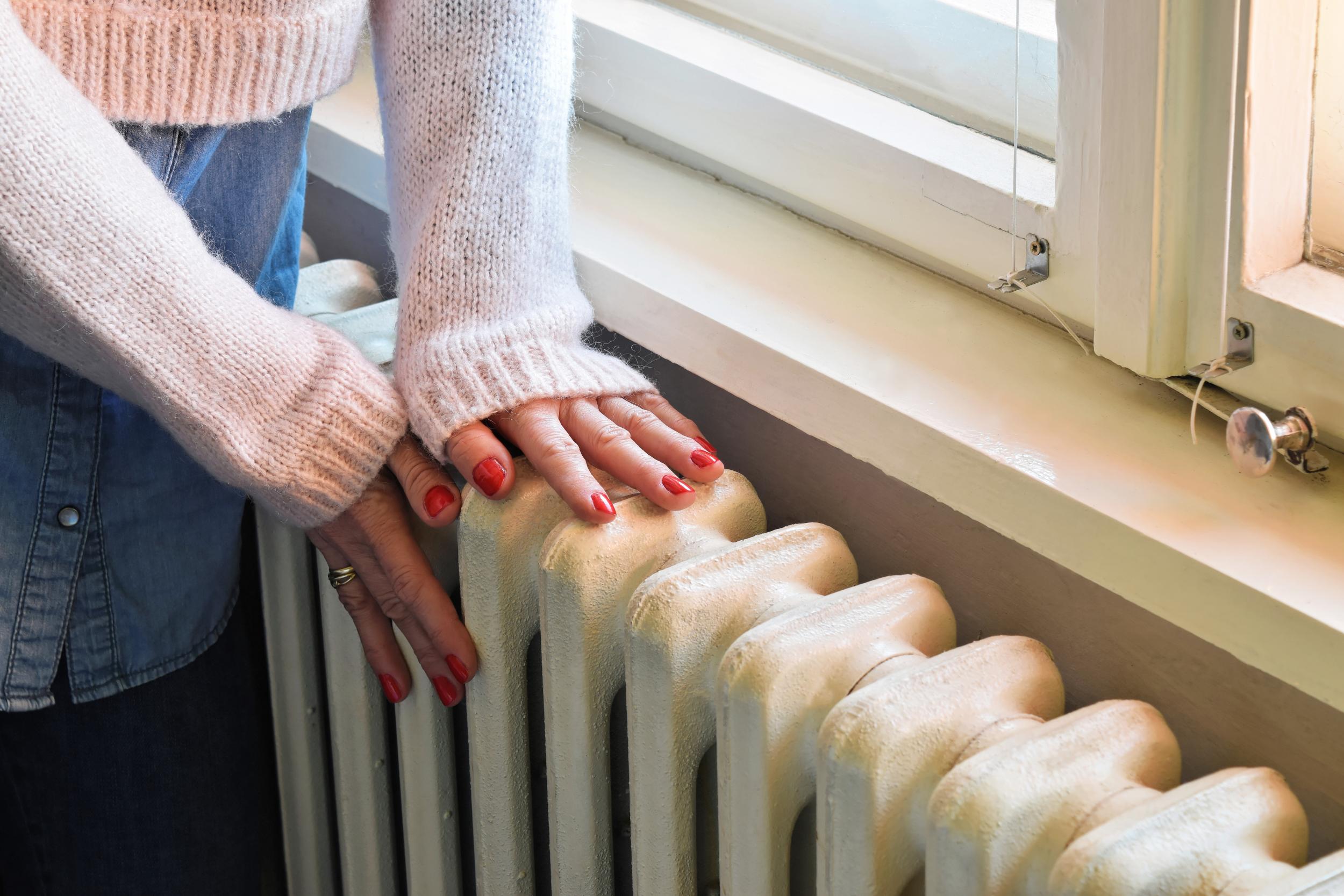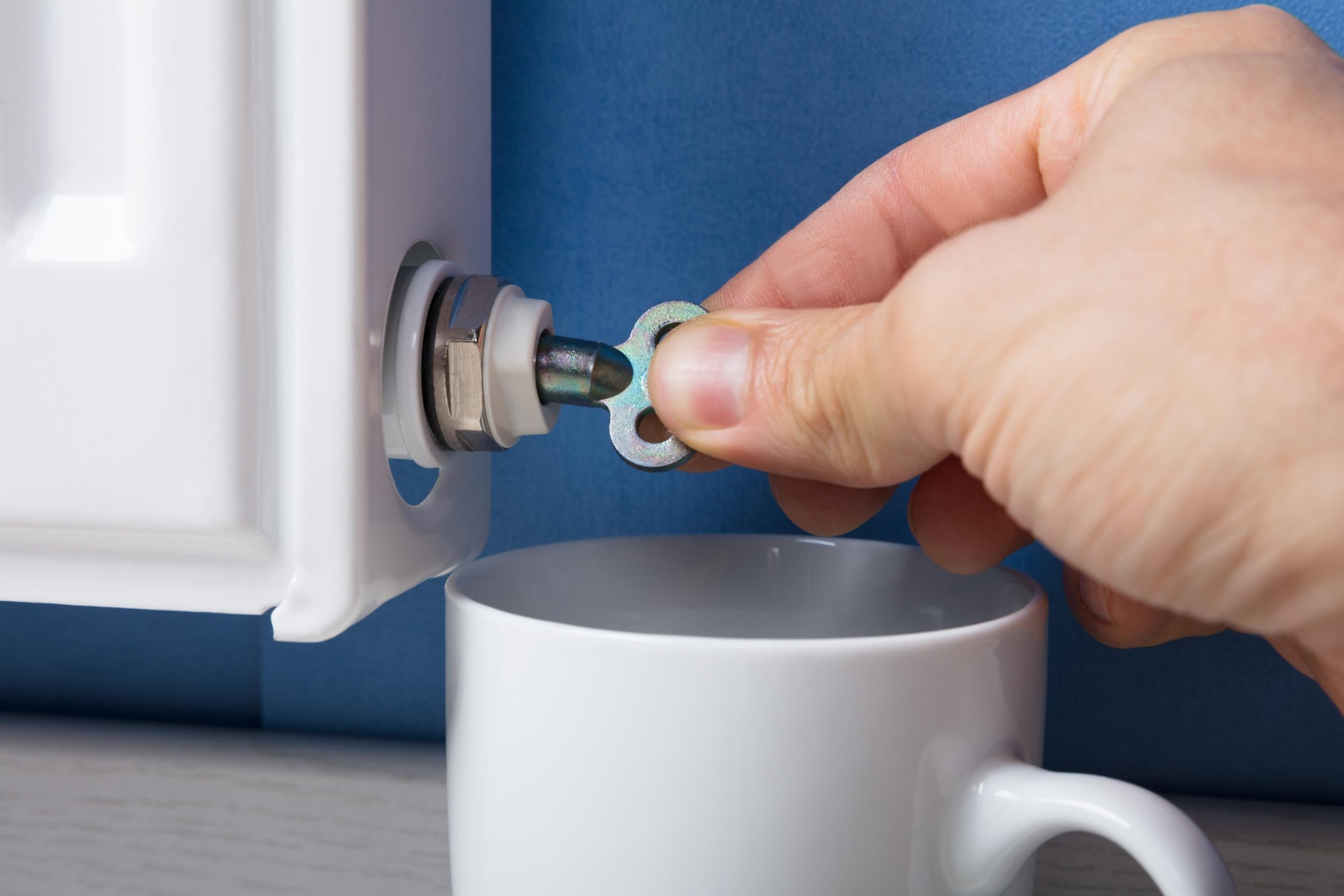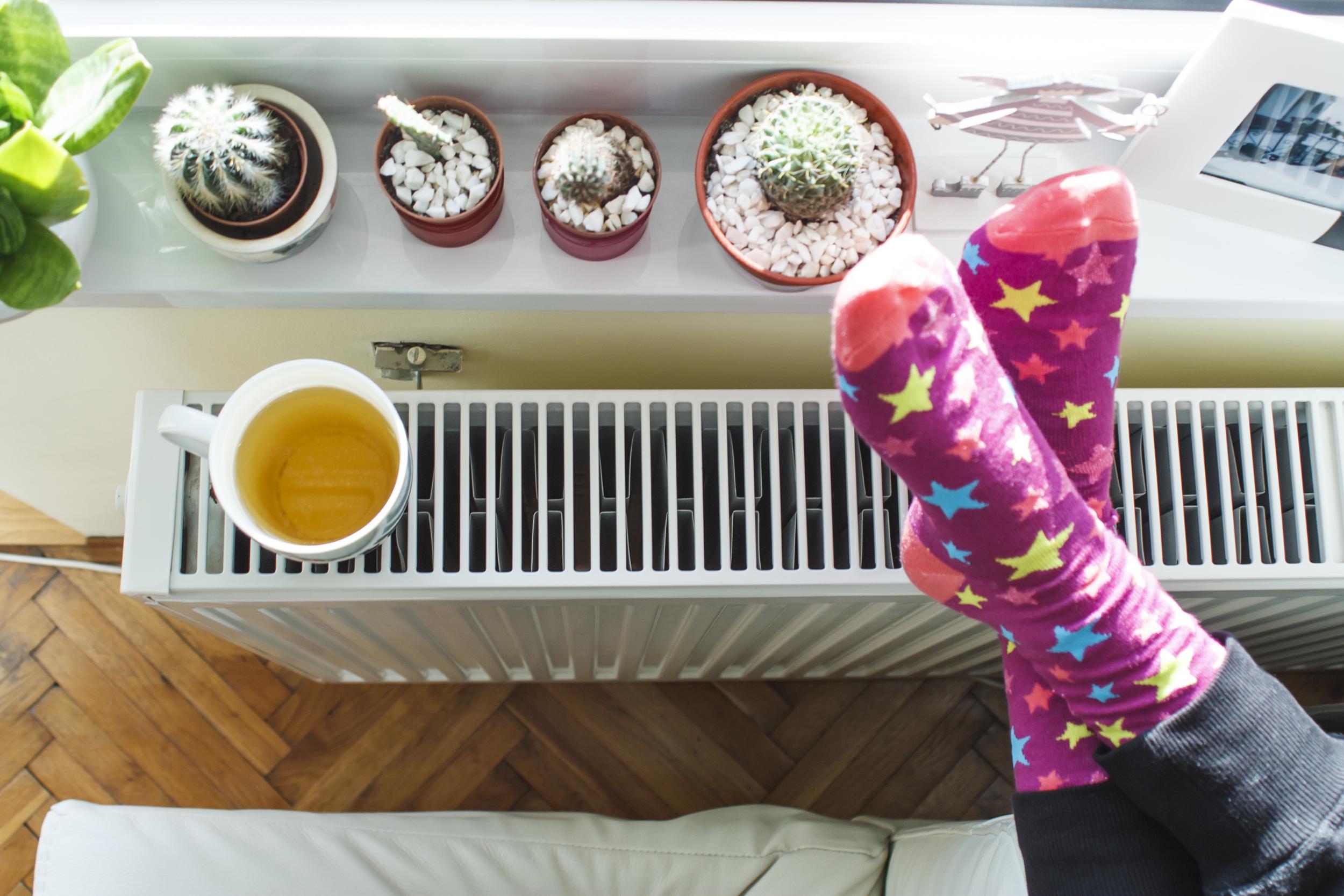How to bleed a radiator: A step-by-step guide by an expert
When to do it and how

Winter is a time for snuggling up in front of the television with a mug of hot chocolate or mulled wine, feasting on cheese-filled delicacies, and donning your best pair of thick fluffy socks.
It should not be a season that sees you looking inquisitively at the boiler or layering up in thick scarves under your duvet covers with a hot water bottle as a result of home heating issues.
If you’re suffering from the latter, it might be time you considered bleeding your radiators.
With that in mind, we consulted an expert to find out exactly how to bleed a radiator:
When should you bleed a radiator?
To put it simply, radiators need bleeding when they have air trapped inside them, which subsequently stops warm water circulating around.
“One of the most common misconceptions customers have is that a radiator contains gas,” Kenny Baird, training and development manager for home services at energy supplier SSE told the Independent.
“This isn’t the case, they contain water.”
Baird warns that letting out too much water is likely to introduce fresh water into the system, which can make the situation worse as fresh water contains a lot of air.
He adds: “Some people also think if a radiator is cold on the bottom but hot at the top then it needs to be bled. In reality, it’s more likely that this means there’s a blockage in the system and bleeding won’t resolve this.”
Radiators may also need bleeding if they’re making banging, clanking or gurgling noises.
However, there are other signs your radiator may need bleeding.
“Most modern boilers are sealed (not open to atmosphere) and will have pressure gauges on the front,” says Baird.
“It’s important to keep an eye on this and keep the system pressurised between 1 and 1.5 bar.
“Water leaks in radiators or on hidden pipe work will reduce the pressure.”
When your radiators don’t work, it could be an indication that your central heating system is not working efficiently. This means it will take longer for it to warm up your home and therefore could result in costly utility bills.
How do you bleed a radiator?
First, you need two things:
- A radiator key (stocked at most DIY shops)
- A towel to catch any water.

You should then follow these steps, as suggested by SSE:
Turn off your heating
You cannot bleed a radiator when the heating is on, as it may be too hot to touch. You could also get hot water spraying out of the radiator.
Baird says: “You should make sure there is no nearby electrical equipment nearby and put down spare rags or towels as the heating water will be black and can stain just about anything.”
He says it’s also important to note that, in a very small number of circumstances, it’s possible the air may be hydrogen gas caused by a chemical reaction between the water in the radiator and its metal components.
While this is rare, Baird explains: “This can be combustible so it’s wise to make sure there aren’t any naked flames nearby when bleeding the radiator and maybe open a window.”
Turn the valve at the top of the radiator
Attach the radiator key to the square groove in the centre of the valve and turn it slowly anticlockwise. You should hear a hissing sound.
This is the trapped air escaping. Use your cloth to catch any water that comes out.
Retighten the valve
Do this once the hissing stops and only liquid comes out. You should do this quickly to stop too much water escaping.
“You should never fully remove the bleed screw as you’ll never get it back in once water starts to flow,” he says.

Turn your central heating system back on
Check the pressure by looking at the gauge on your boiler. Bleeding your radiators can cause the pressure to drop.
If the pressure is too low, you’ll need to top it up. Use the lever or tap on your boiler, known as the filling loop.
Check if your radiator is now heating up properly. If the heat is evenly spread through the radiator, you’ve fixed the problem.
What if you have bled the radiator and it doesn’t fix your heating?
If it is just one radiator that is not working, it could mean that the valve is stuck.

"This can happen if the radiator hasn’t been used in a while," explains Baired. "Turning the thermostatic valve (the dial with numbers on it) a few times usually helps.
“However, if it’s the whole heating system that doesn’t work, you should check that the boiler is on and that the central heating controls are on. If it’s not immediately obvious what the problem is we’d recommend calling an expert.”
Join our commenting forum
Join thought-provoking conversations, follow other Independent readers and see their replies
Comments
Bookmark popover
Removed from bookmarks